| Femmes Fatales | Oct 3 2023 |


Arabella Árbenz, née Arabella Árbenz Vilanova, was born and raised in our former (and still beloved) home Guatemala, moved to Canada for college, and became a fashion model in France. She also tried acting and had one credited role, playing the lead in the 1965 drama Un alma pura, which was made in Mexico. We've seen it, and she's decent in it, enough so that we suspect she'd have had a future on the screen. But nothing having to do with Guatemala is ever simple, therefore Arabella's life had many twists and turns.
She was the daughter of Jacobo Árbenz, who was elected president of Guatemala in 1951, but was overthrown in a CIA sponsored coup lobbied for by the United Fruit Company. Under the collaborationist dictator Jorge Ubico Castañeda, United Fruit had been given 99-year leases on millions of acres of land amounting to 42% of the country's total area, and was exempted from taxes. Arabella didn't weather her family's subsequent exile well, and after problems in romance and with drugs, in 1965 shot herself dead in front of her paramour, Mexican bullfighter Jaime Bravo Arciga, in Colombia, at age twenty-five.
| Vintage Pulp | Apr 25 2020 |

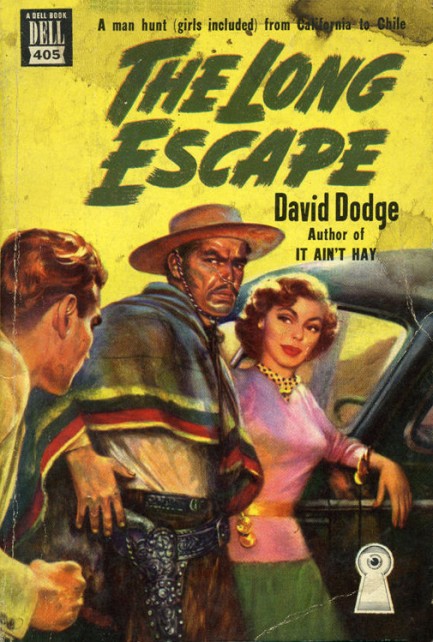
| Vintage Pulp | Jun 25 2019 |

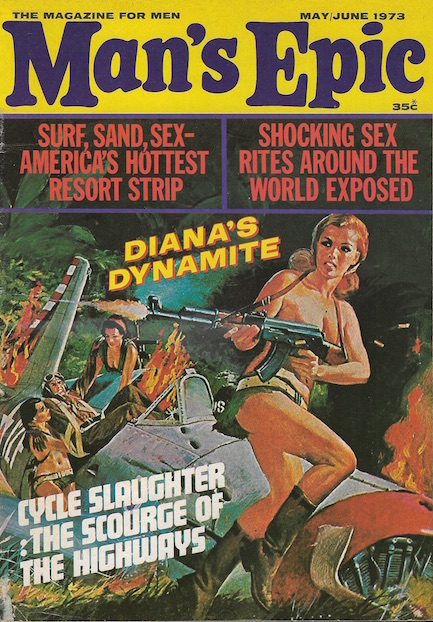
That story, by the way, was penned by Jane Dolinger, a trailblazing travel writer who ventured everywhere from the Sahara to the Amazon and wrote eight books, but is perhaps a bit forgotten today. The editors make sure readers know Dolinger is hot by publishing a glamour photo of her, which is a pretty sexist move, though she posed for provocative shots often. Meanwhile her framing of other cultures' sexual practices as abnormal is textbook racism. Abandon all hope ye who enter this magazine!

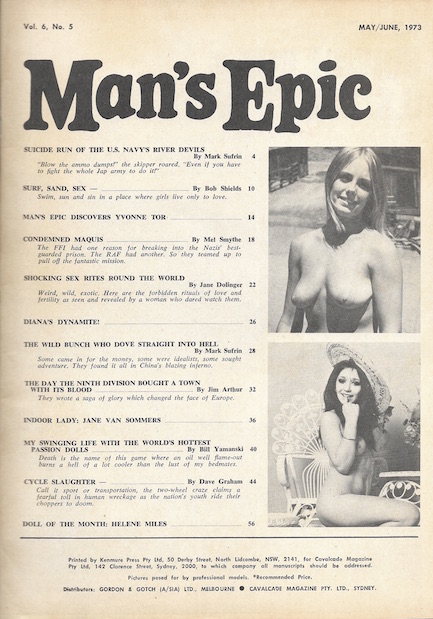
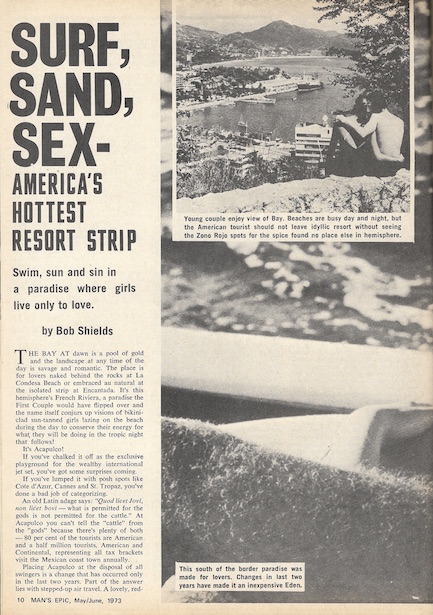
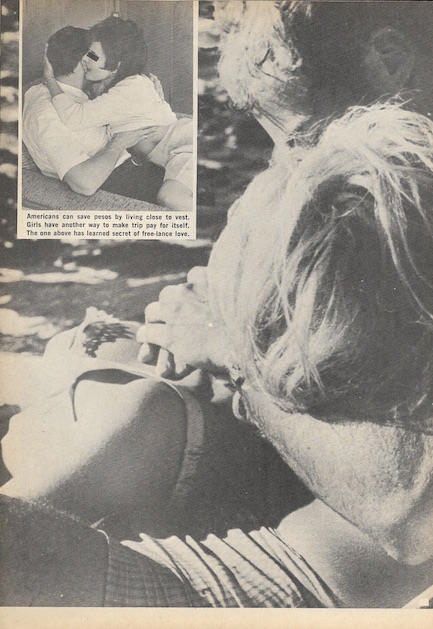
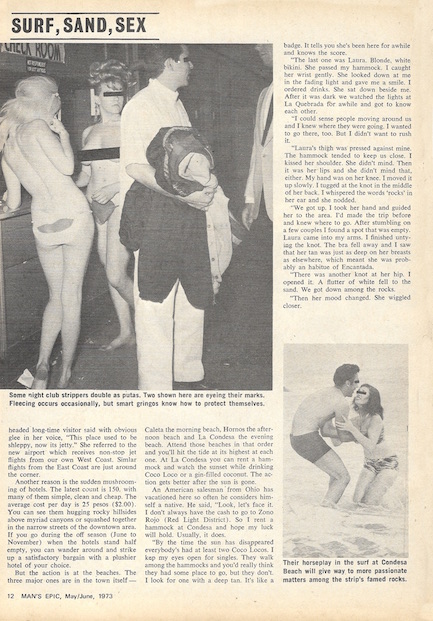
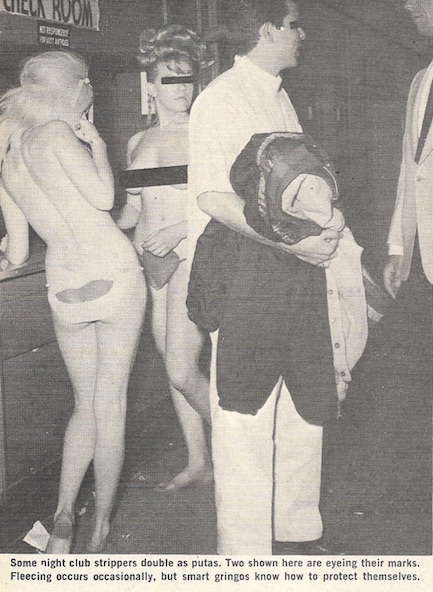
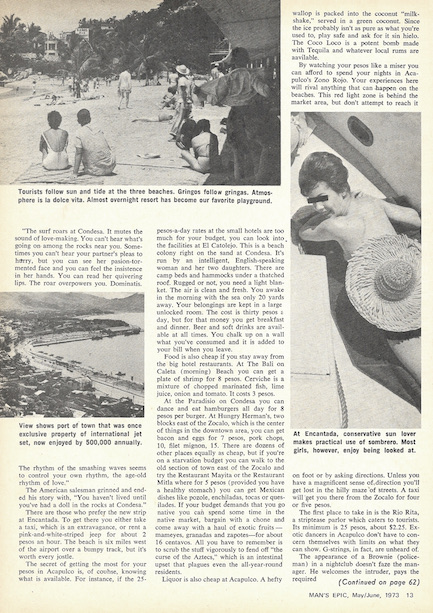
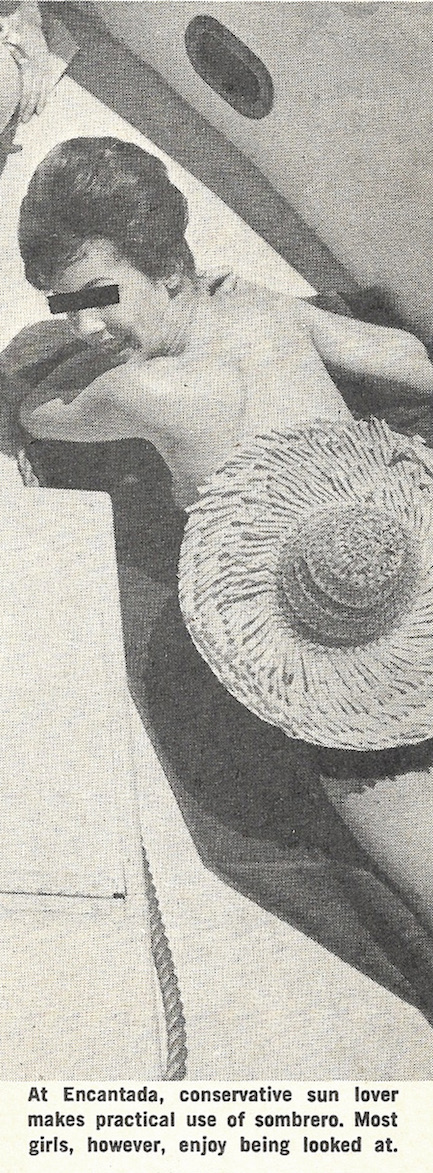




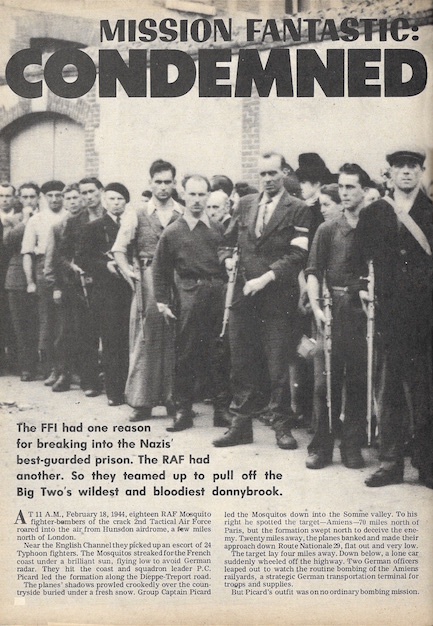
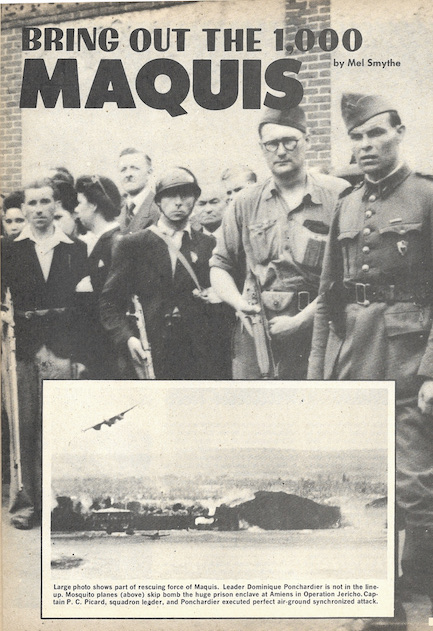
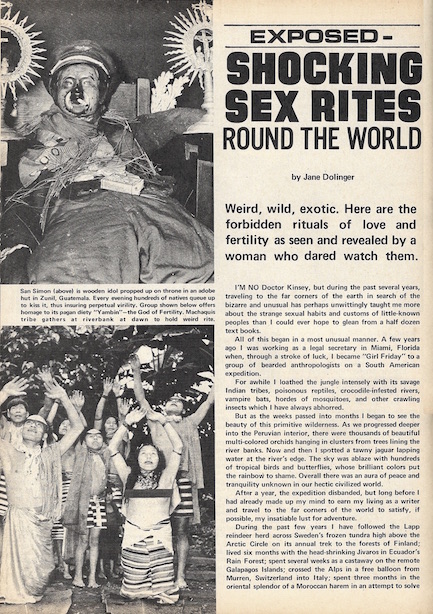
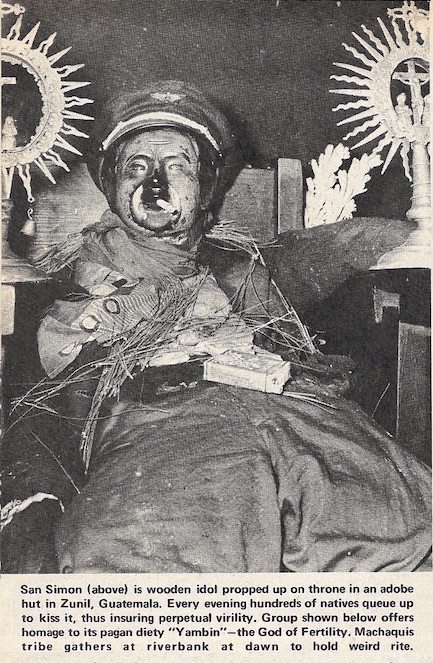
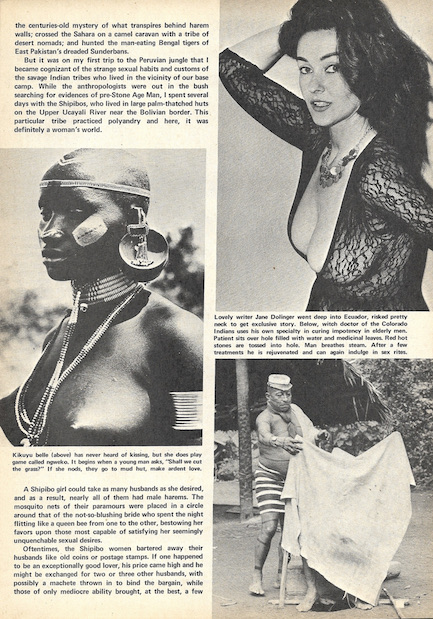


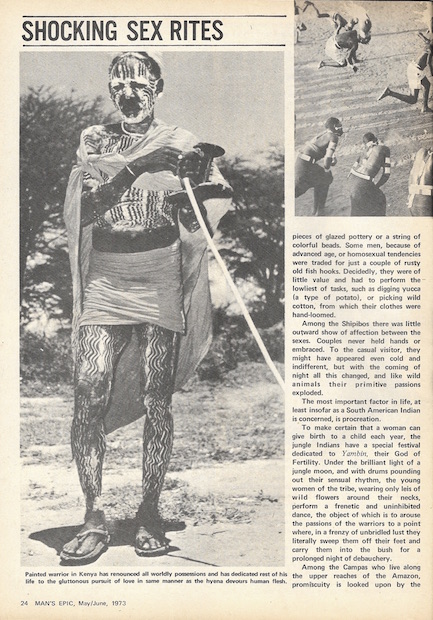
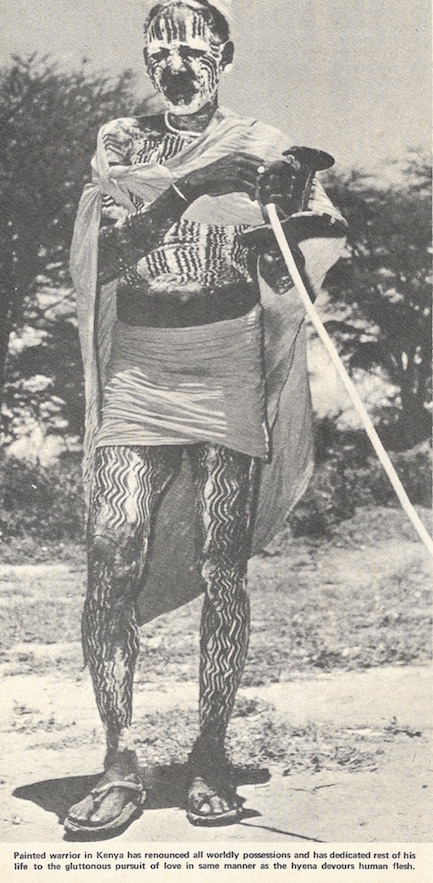




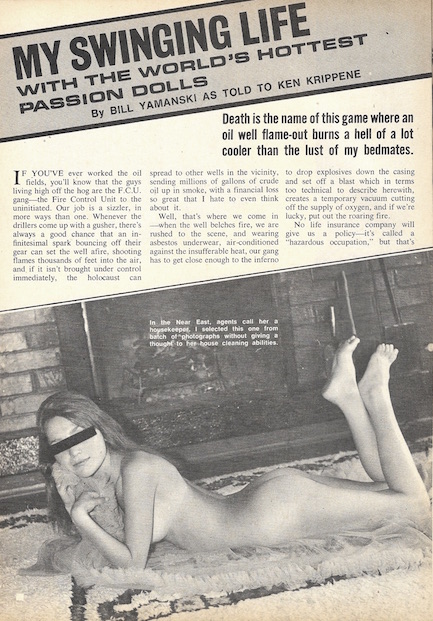

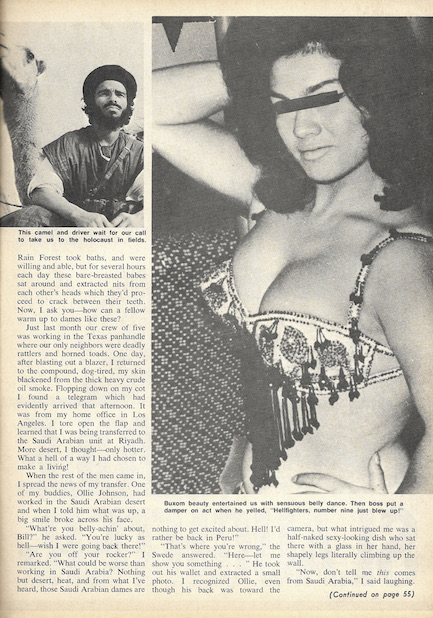
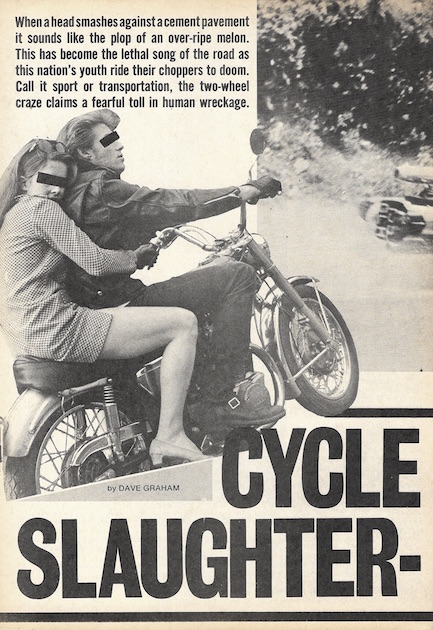
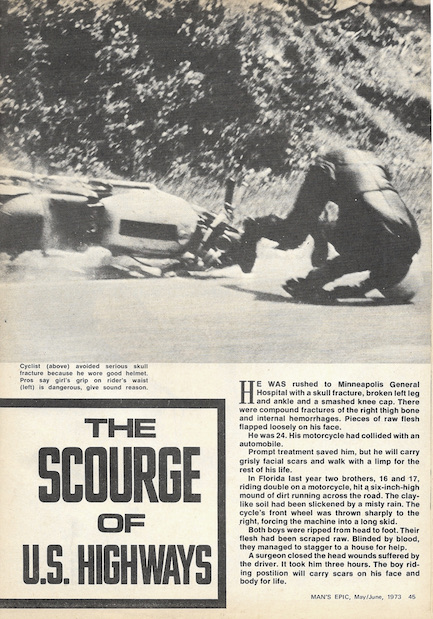
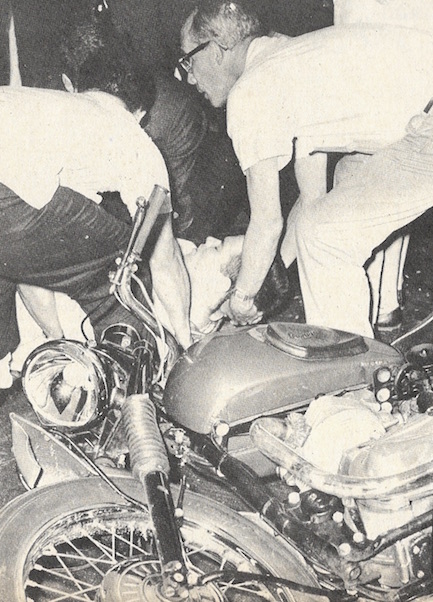




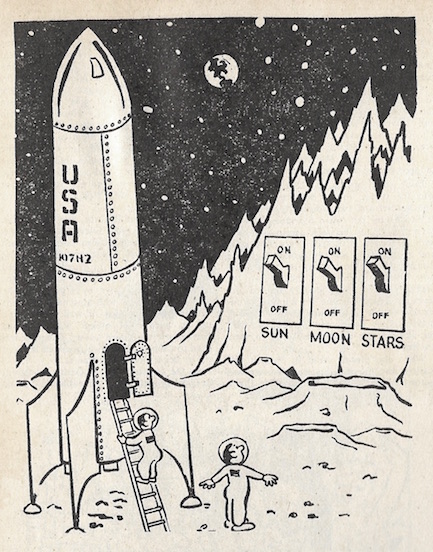


| Vintage Pulp | Sep 20 2016 |

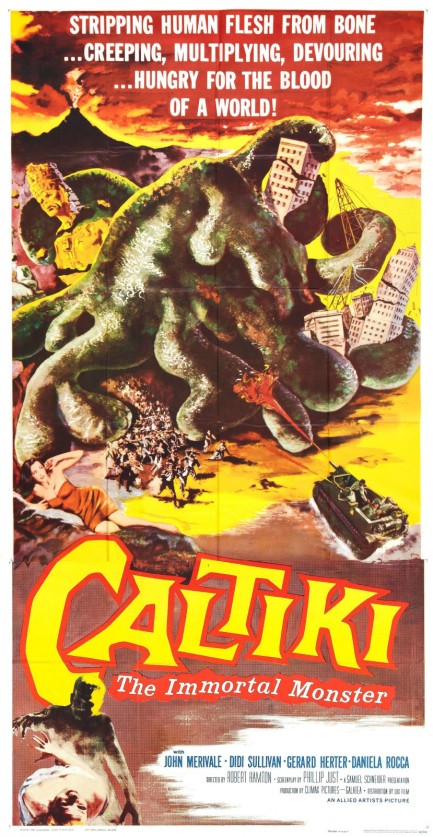
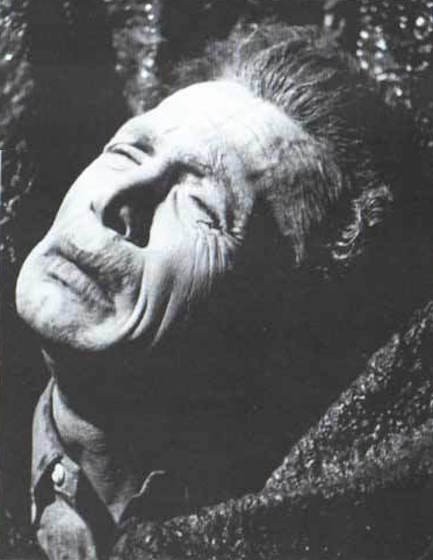 The basics of this story are that there's a legendary Mayan monster or goddess in a lake, and when a group of scientists is attacked, one of them returns to Mexico City with a piece attached to his arm. Doctors manage to carve off a sample and learn that radiation makes it grow. They of course keep the piece safely stowed away, but unfortunately a highly radioactive comet spoken of in Mayan lore choses that week to pass close to Earth. It only comes once every 1,352 years, so this is really unfortunate timing on the comet's part, but that's just Maya luck. Celestial bodies are nothing if not implacable and aloof. The lake specimen is irradiated, grows to monstrous size, and oozes terrifyingly across the city.
The basics of this story are that there's a legendary Mayan monster or goddess in a lake, and when a group of scientists is attacked, one of them returns to Mexico City with a piece attached to his arm. Doctors manage to carve off a sample and learn that radiation makes it grow. They of course keep the piece safely stowed away, but unfortunately a highly radioactive comet spoken of in Mayan lore choses that week to pass close to Earth. It only comes once every 1,352 years, so this is really unfortunate timing on the comet's part, but that's just Maya luck. Celestial bodies are nothing if not implacable and aloof. The lake specimen is irradiated, grows to monstrous size, and oozes terrifyingly across the city. But the solution to this problem isn't so difficult. Fire kills Caltiki, so it's really just a matter of directing some flames onto the beast. Cue flamethrowers, army guys, and soundtrack tympani. Caltiki turns into a Caltiki torch then goes down like an undercooked soufflé. This is b-sci-fi at its goofiest, but we'll admit the blob effects are actually pretty cool, aided as they are by the fact that all of them take place at night. Mario Bava, who is uncredited but actually did most of directing here, does a decent job and the acting is passable. Recommended? We wouldn't go that far. Caltiki—The Immortal Monster premiered in Italy in 1959 and reached the U.S. today in 1960.
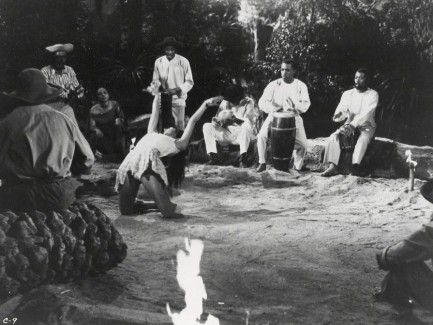
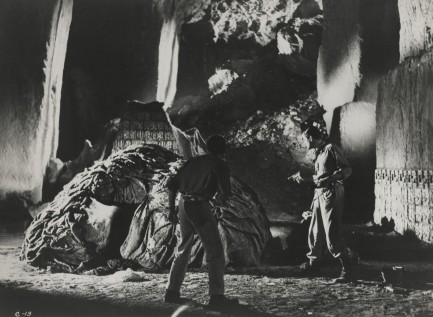
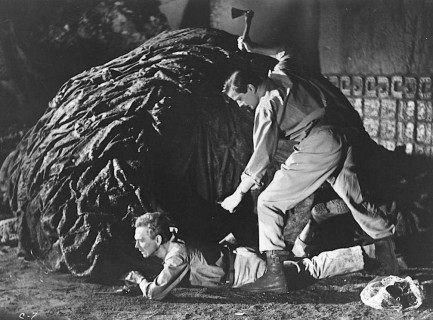

| Intl. Notebook | Jul 2 2016 |

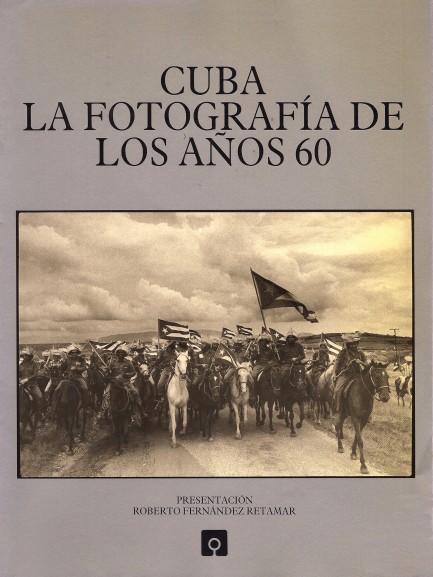
Seems everyone's talking about Cuba these days. Barack Obama became the first U.S. president to visit the island in ages, and every megacorporation from Home Depot to Major League Baseball wants to do business there. By any measure, Cuba's is a remarkable story, particularly its educational and medical accomplishments in the face of an economic blockade that keeps out everything from computer chips to breakfast cereal.
Despite that embargo, Cubans can convincingly claim to be better off than residents in nearby capitalist nations like Honduras (highest per capita murder rate in the world), El Salvador (thousands killed each year by rampaging drug gangs), Haiti (59% poverty rate), and even Puerto Rico ($70 billion in debt—an astonishing $20,000 per resident). But one thing Cubans don't have is the opportunity to accumulate wealth. That may be about to change.
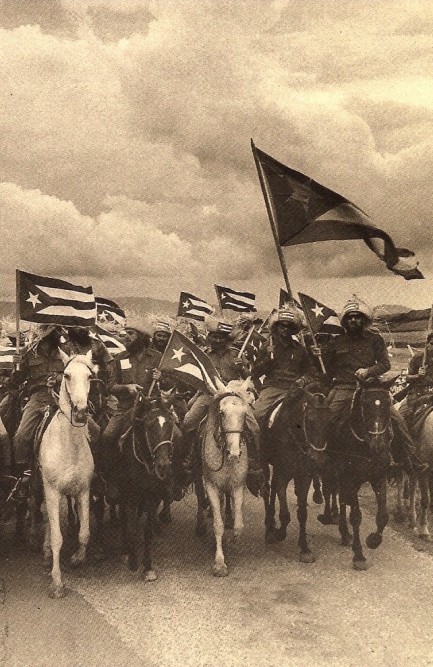
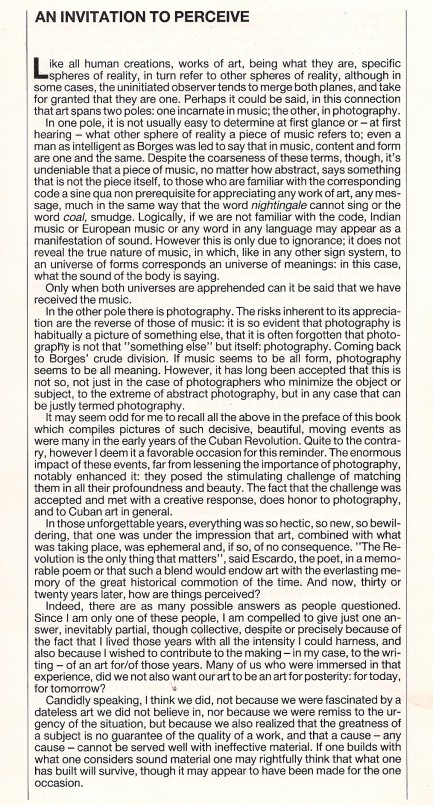

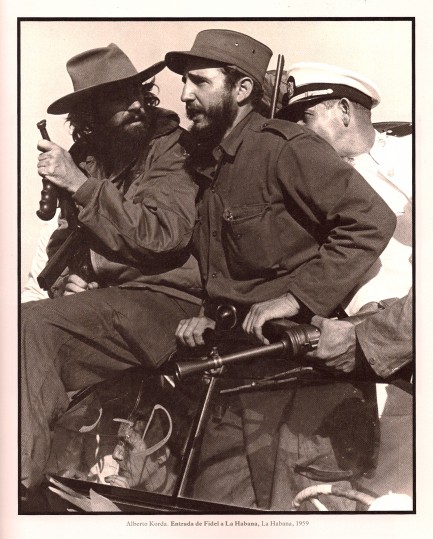
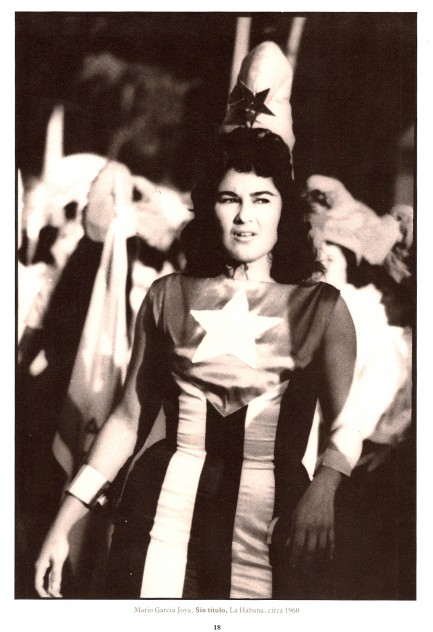
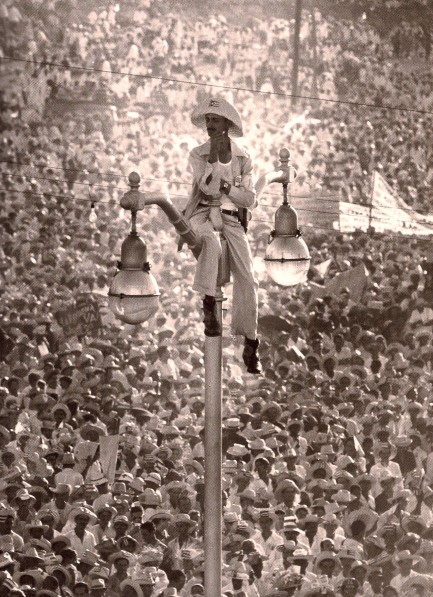
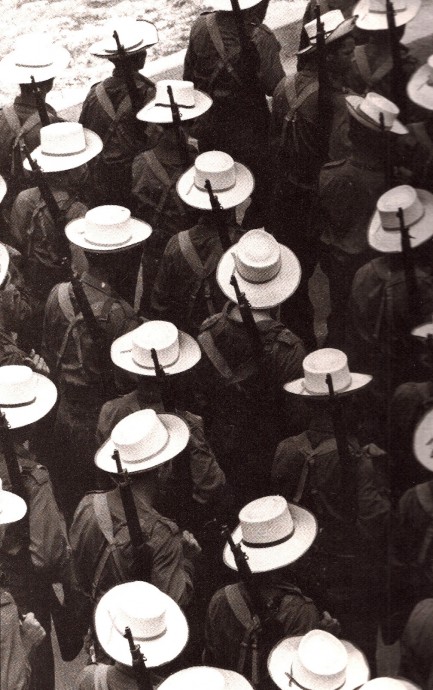
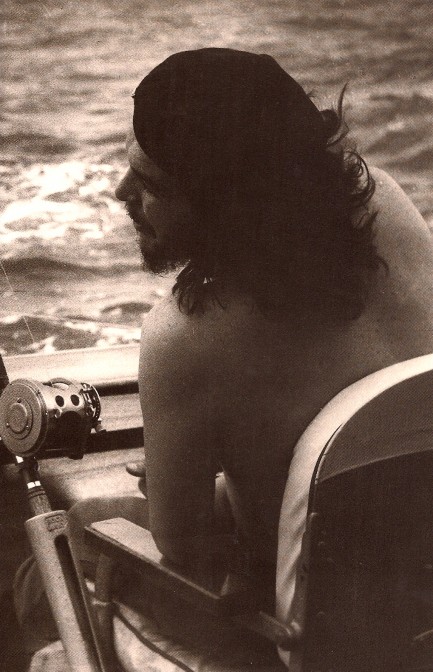
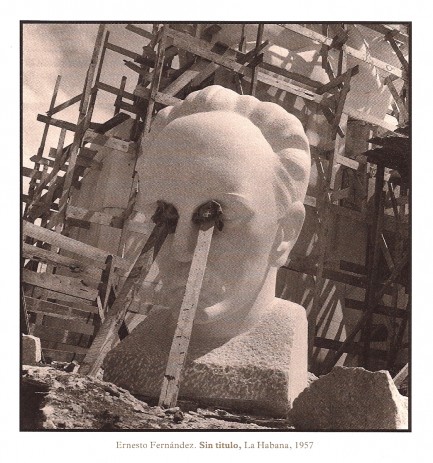
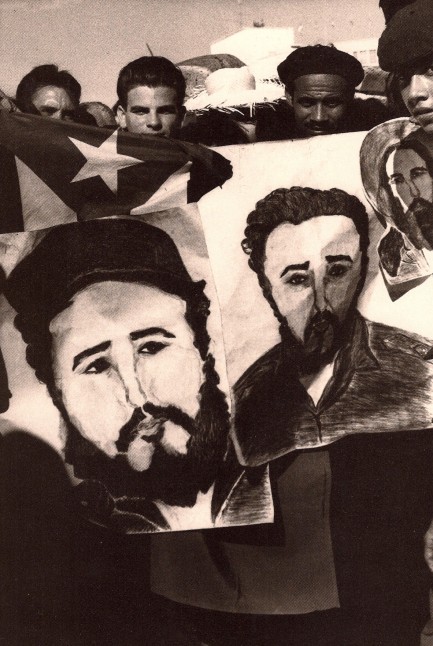
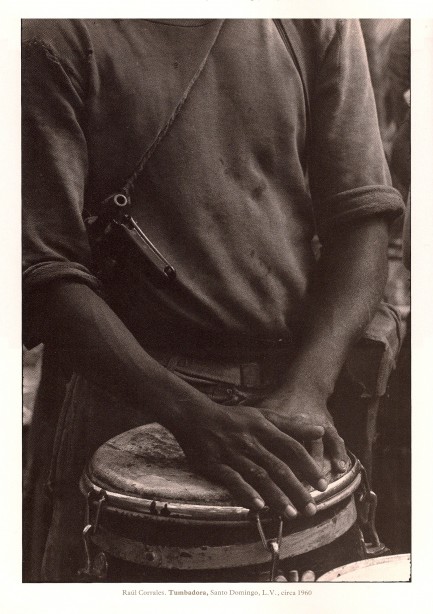
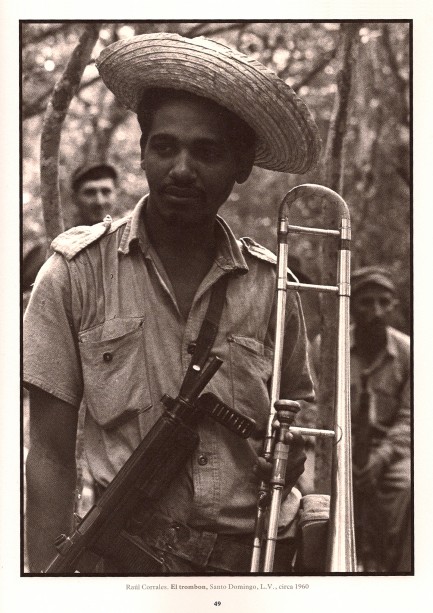
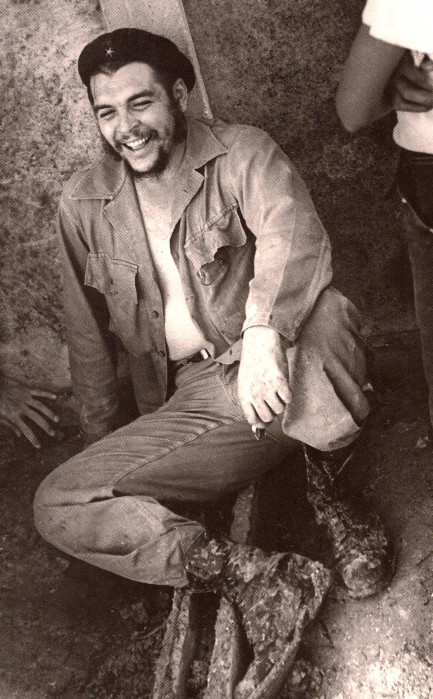
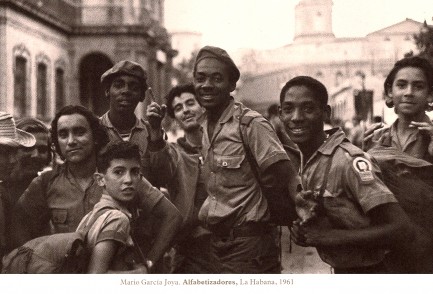
| Vintage Pulp | Apr 27 2015 |

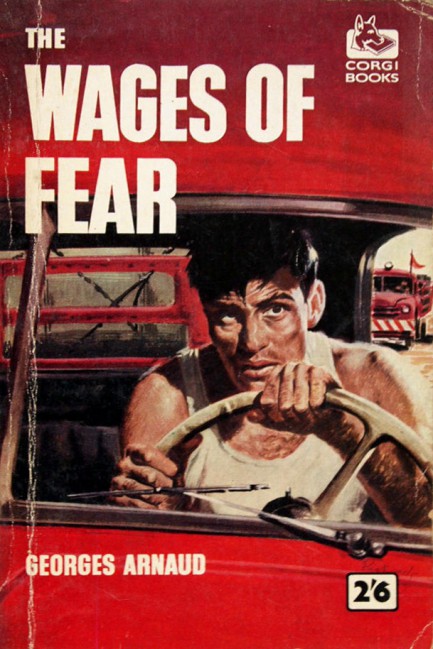
Georges Arnaud’s 1952 thriller Le salaire de la peur, aka The Wages of Fear has one of the great set-ups in literary history—four desperate men agree to drive two truckloads of nitroglycerine through the treacherous Guatemalan mountains to where it’s needed to put out an oil well fire. Mud, rain, potholes, steep inclines, hairpin turns, and fallen boulders are bad enough on their own, but for men strapped into rolling bombs each of these is a deadly test of both luck and nerves. Arnaud’s masterpiece sold more than two million copies worldwide, which is why if you seek out a vintage copy you’ll find many versions, including this Corgi edition from 1960 with uncredited but excellent cover art. This book has always resonated for us because we lived in Guatemala for two years, which made it mandatory reading. But you’ll appreciate it even if you’ve never been there.
| Intl. Notebook | Vintage Pulp | Feb 4 2012 |

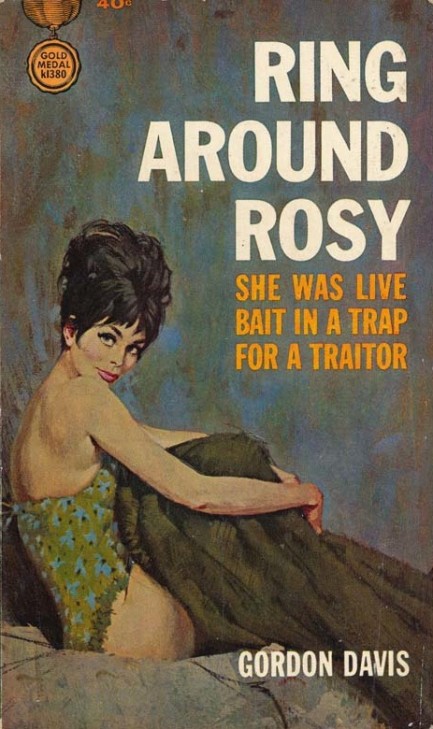
Today we have a cover for the 1964 espionage novel Ring Around Rosy, and normally, what would be of the most interest here is yet another perfect piece of art by Robert McGinnis, but in this case we have an author whose life may have been even more rife with danger and intrigue than those of his characters. Many of you probably already know that Gordon Davis was in reality E. Howard Hunt, who was involved in the Watergate Hotel scandal which led directly to the toppling of Richard Nixon’s presidency, a landmark moment in the American psyche because it represented a loss of political innocence for millions of citizens. But that all came later, when Hunt was pushed unwillingly into the light after the bungled Watergate operations. What makes him fascinating is everything that came before.
E. Howard Hunt was a dedicated writer in his early years, and after winning a Guggenheim fellowship, went on to publish as the aforementioned Davis, as well as Robert Dietrich, and David St. John. He joined the CIA in 1949, and was stationed in Mexico City along with William F. Buckley. While there, he helped plan the overthrow of Guatemala’s president Jacobo Arbenz, which brought about unrest that funneled into a civil war in which 200,000 people were killed, about 90% of them civilians. A few years later Hunt helped to create a Cuban government-in-exile that would take over that island after Fidel Castro was ousted by U.S.-backed Bay of Pigs insurgents. The invasion didn’t come off as planned, though, and the fallout was damaging enough that Hunt needed to rehabilitate his career.
He took a position as chief of the CIA’s illegal domestic spying branch the Domestic Operations Division shortly after its formation in 1962 by John F. Kennedy. The idea behind the Division was to spy on enemies inside the U.S., which ostensibly meant acting against foreign embassies that might be harboring spies, but in a classic—and inevitable—example of mission creep, pretty soon the Division began illegally spying on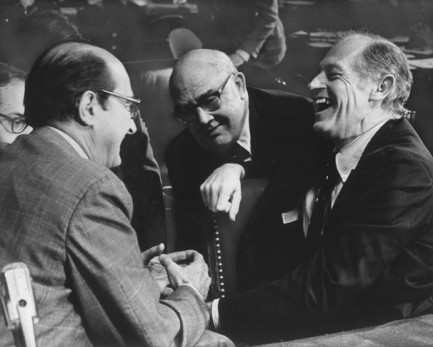 American citizens, specifically civil rights activists. After a couple of years Hunt was re-stationed in Mexico City, where sources claim he had dealings with Lee Harvey Oswald in the time leading up to Kennedy’s assassination. Hunt categorically denied ever meeting Oswald, though he later made revelations regarding Kennedy. In any case, being on the government payroll wasn't what he wanted to do anymore—he never got over his anger at Kennedy’s refusal to invade Cuba or overthrow Castro—so he decided to get into the private sector.
American citizens, specifically civil rights activists. After a couple of years Hunt was re-stationed in Mexico City, where sources claim he had dealings with Lee Harvey Oswald in the time leading up to Kennedy’s assassination. Hunt categorically denied ever meeting Oswald, though he later made revelations regarding Kennedy. In any case, being on the government payroll wasn't what he wanted to do anymore—he never got over his anger at Kennedy’s refusal to invade Cuba or overthrow Castro—so he decided to get into the private sector.
This eventually led to him becoming a member of Richard Nixon’s Special Investigations Unit, aka the White House Plumbers, which were both fancy names for the collection of men who were the President’s secret fixers. This was exactly the sort of off-the-books work Hunt had been seeking. It allowed him to remain in the black ops game, but freed him from accountability to layers of career bureaucrats. Under Nixon’s direction and that of White House Special Counsel Charles Colson, Hunt broke into various residences—in violation of both property and spying laws—looking for dirt on people such as reporter Daniel Ellsberg and politician Teddy Kennedy. He was also involved in disinformation campaigns, such as forging fake cables suggesting that John F. Kennedy had ordered the assassination of foreign officials, and trying (but failing) to link a would-be assassin to Democrats by planting George McGovern campaign material in the house of Arthur Bremer, the man who shot conservative politician George Wallace.
We’ve drifted pretty far away from the subject of Ring Around Rosy (which by the way is an adventure concerning Cuba, as were several of Hunt's books), but let’s drift a bit farther, and make this point: isn’t it fascinating that in an age in which so many conspiracies have been documented and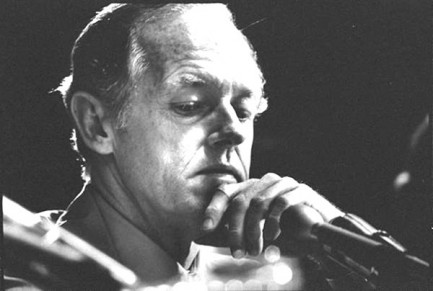 verified, people are still afraid to believe behind-the-scenes machinations are what really make the planet go ’round? Hunt's dirty tricks are all a matter of record, and had profound effects on international affairs, yet many would like to believe he is a rarity. But whether we're talking about hushed meetings in political backrooms or secret get-togethers between bankers at private clubs, conspiracies are the engine of the world. It isn’t a nice realization, but it’s a logical one.
verified, people are still afraid to believe behind-the-scenes machinations are what really make the planet go ’round? Hunt's dirty tricks are all a matter of record, and had profound effects on international affairs, yet many would like to believe he is a rarity. But whether we're talking about hushed meetings in political backrooms or secret get-togethers between bankers at private clubs, conspiracies are the engine of the world. It isn’t a nice realization, but it’s a logical one.
Hunt wrote novels throughout his black ops years, but as time wore on often used his literary gift to grind axes, modeling characters after men he hated. For example, JFK appeared thinly disguised in the 1972 political potboiler The Coven, in which a youthful, charismatic, Catholic presidential candidate is a secret Devil worshipper (Graham Masterton later used a similar idea in his spectacular horror novel The Hell Candidate with Ronald Reagan as his model). The quality of Hunt’s fiction had declined since his Guggenheim fellowship days, according to many critics, but his name and background guaranteed sales, and still does today (as any Hunt-related internet comment chain, with their pronouncements about his “real deal tough guy” qualities, makes quite clear).
At the end of his life, Hunt dropped a bombshell by confessing to involvement in a conspiracy to kill John F. Kennedy. He described himself as a “benchwarmer” in the plot, i.e., somebody to be brought in if the first team failed, and named everyone involved. The confession was made to his son, which gave rise to questions about both veracity and motive. But if Hunt had confessed on the front page of the Washington Post can we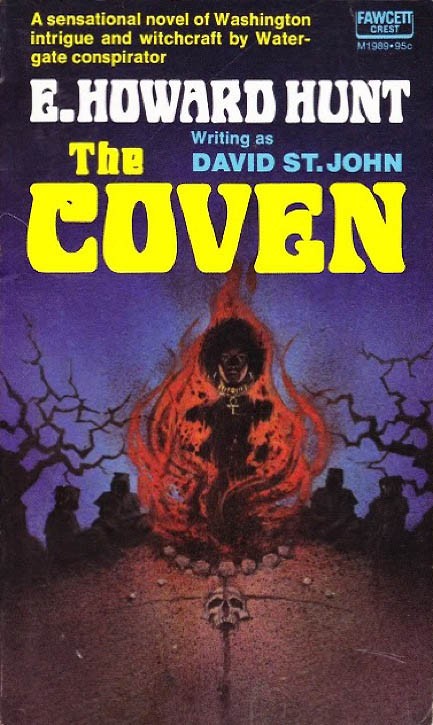 really doubt that there would still be droves of people unwilling to accept it? It makes sense, though. If Watergate stole the political innocence of millions of Americans, proof of an assassination plot by members of the U.S. government against their own president would be a national cataclysm. So Hunt’s confession is forgotten, while everything else he ever did, survives.
really doubt that there would still be droves of people unwilling to accept it? It makes sense, though. If Watergate stole the political innocence of millions of Americans, proof of an assassination plot by members of the U.S. government against their own president would be a national cataclysm. So Hunt’s confession is forgotten, while everything else he ever did, survives.
| Vintage Pulp | Jul 1 2010 |

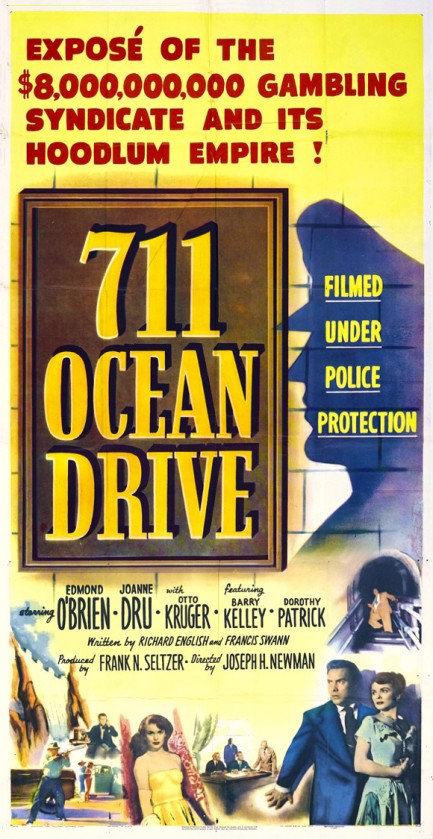
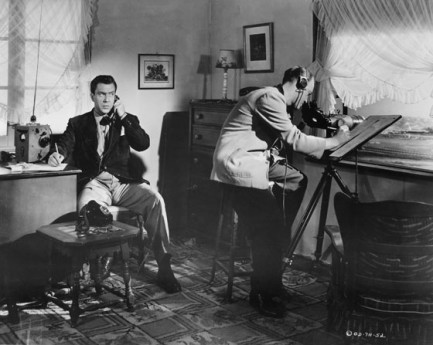
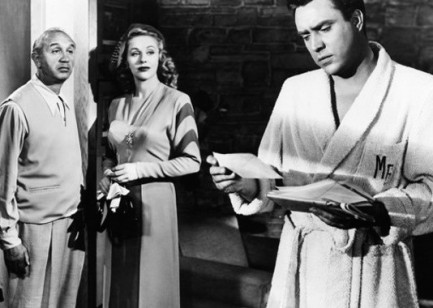
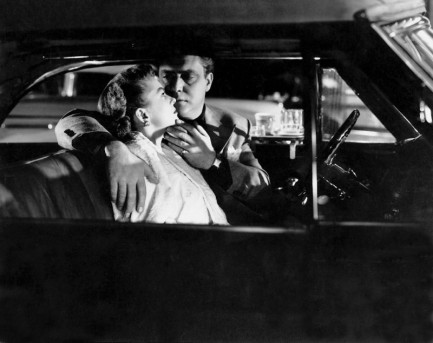
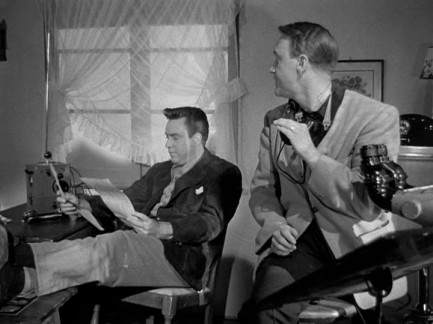
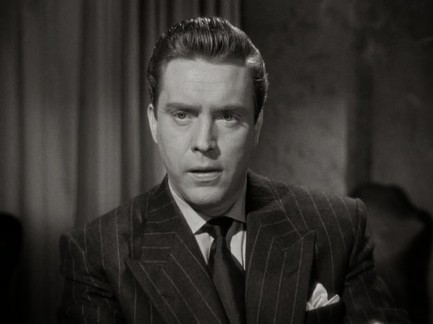
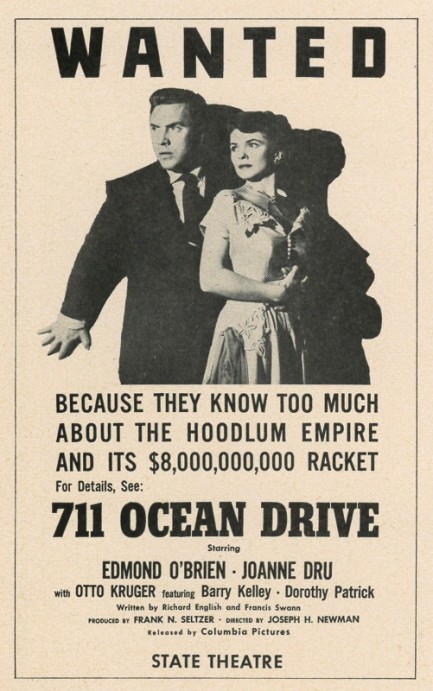
| Mondo Bizarro | May 13 2009 |

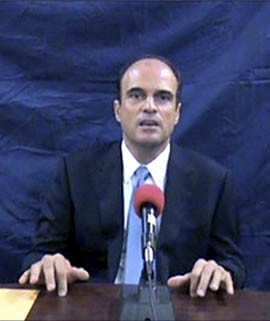
In a twist right out of a Mario Puzo novel, a Guatemalan lawyer killed in a shooting Sunday reappeared on a posthumous videotape yesterday claiming the person who ordered his killing is Guatemala’s president, Alvaro Colóm. On the video, Rodrigo Rosenberg claims he ran afoul of important government officials after representing businessman Khalil Musa, who was slain in March along with his daughter. Rosenberg says Musa was killed for refusing to help launder drug money at Guatemala's Rural Development Bank, which is mostly government owned.
President Colóm dismissed the accusation, saying, “First of all, I am not a murderer. Second, I am not a drug trafficker, and everything he says there is totally senseless.” Colóm has reportedly asked the UN and FBI to investigate Rosenberg’s killing, but the country has been thrown into a state of unrest, with many calling for the president to step aside until the issue is resolved.
It’s just the latest blow for Guatemala, which has suffered a CIA-backed coup, numerous corrupt governments, and the recent rise of powerful drug cartels. As yet President Colóm has shown no intention to step aside, but Rosenberg’s accusations—factual or not—are extraordinarily damaging. Speaking of himself in the past tense, Rosenberg says: “I was a 47 year old Guatemalan, with four beautiful children, with the best brother one could ask of life, with wonderful friends, and with an overwhelming desire to live in my country.”




































































